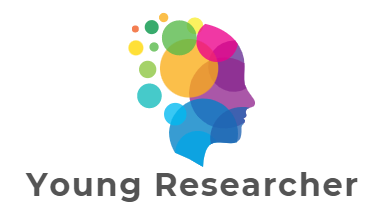The lungs are an essential part of the respiratory system, which is responsible for breathing and exchanging oxygen and carbon dioxide between the body and the environment. The lungs are located in the chest, on either side of the heart, and are protected by the ribcage.
The lungs are made up of tiny air sacs called alveoli, which are surrounded by blood vessels. When you inhale, air enters your nose or mouth and travels down the trachea (windpipe) to the lungs, where it fills the alveoli. Oxygen from the air then diffuses into the blood vessels surrounding the alveoli, and carbon dioxide from the blood diffuses into the alveoli to be exhaled out of the body when you breathe out.
The lungs also have a variety of defense mechanisms to protect against harmful particles and bacteria that might enter the respiratory system. For example, tiny hairs called cilia line the airways and help to move foreign particles out of the lungs.
A healthy lifestyle, including regular exercise and avoiding smoking, can help keep the lungs healthy. However, some lung diseases, such as asthma or chronic obstructive pulmonary disease (COPD), can affect the function of the lungs and may require medical treatment.
Learning more about the structure and function of the lungs can be fascinating, and there are many resources available to help you explore this topic further. Your teacher or school library may have textbooks or other resources on the respiratory system, or you can search online for informative videos, articles, and interactive resources.

 Use the worksheet given below to Research on lungs.
Use the worksheet given below to Research on lungs.